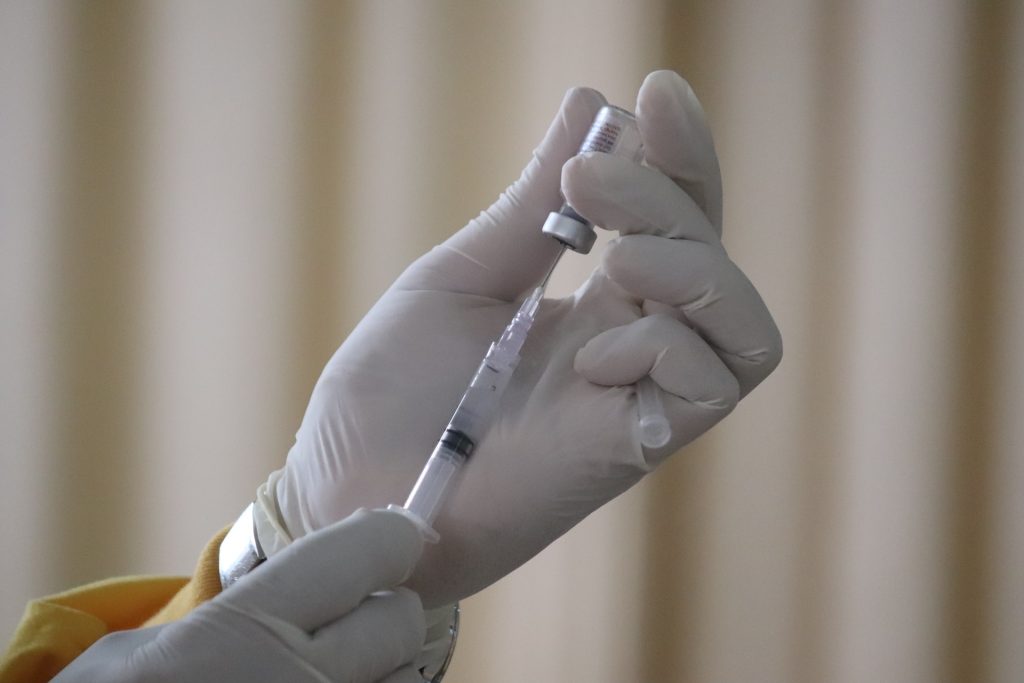Increase in Excessively Hot Nights Will Raise Mortality Rate

With the number of excessively hot nights expected to double due to climate change, it is predicted that their associated mortality rate will rise by up to 60% by the end of the century, according to the latest research published in published in The Lancet Planetary Health.
Ambient heat during the night may interrupt the normal physiology of sleep, leading to immune system damage and a higher risk of cardiovascular disease, chronic illnesses, inflammation and mental health conditions. The average intensity of hot night events will nearly double by 2090, from 20.4℃ to 39.7℃ across 28 cities from east Asia, increasing the burden of disease due to excessive heat that disrupts normal sleeping patterns.
This is the first study to estimate the impact of hotter nights on climate change-related mortality risk. The findings show that the burden of mortality could be significantly higher than estimated by average daily temperature increase, suggesting that warming from climate change could have a troubling impact, even under restrictions from the Paris Climate Agreement.
“The risks of increasing temperature at night were frequently neglected,” said study co-author Yuqiang Zhang, PhD, a climate scientist in the Department of Environmental Sciences and Engineering at the Gillings School. “However, in our study, we found that the occurrences of hot night excess are projected to occur more rapidly than the daily mean temperature changes. The frequency and mean intensity of hot nights would increase more than 30% and 60% by the 2100s, respectively, compared with less than 20% increase for the daily mean temperature.”
The team estimated the mortality due to excess heat in 28 cities in China, South Korea and Japan between 1980 and 2015 and applied it to two climate change modelling scenarios that aligned with carbon-reduction scenarios adapted by the respective national governments.
Through this model, the team was able to estimate that between 2016 and 2100, the risk of death from excessively hot nights would increase nearly six-fold. This prediction is much higher than the mortality risk from daily average warming suggested by climate change models.
“From our study, we highlight that, in assessing the disease burden due to non-optimum temperature, governments and local policymakers should consider the extra health impacts of the disproportional intra-day temperature variations. A more complete health risk assessment of future climate change can help policymakers for better resource allocation and priority setting,” said Haidong Kan, PhD, who is a professor at Fudan University in China and the study’s corresponding author.
In this study, the authors also found that regional differences in temperature accounted for many of the variances in nighttime temperature, and areas with the lowest average temperature were projected to have the largest warming potential.
“To combat the health risk raised by the temperature increases from climate change, we should design efficient ways to help people adapt,” said Dr Zhang. “Locally, heat during the night should be taken into account when designing the future heatwave warning system, especially for vulnerable populations and low-income communities who may not be able to afford the additional expense of air conditioning. Also, stronger mitigation strategies, including global collaborations, should be considered to reduce future impacts of warming.”
Since the study only included 28 cities from three countries, Dr Zhang said that “extrapolation of these results to the whole East Asia region or other regions should be cautious. Currently, based on these findings, authors are trying to extend the analysis to a global dataset. Then we could have a global picture of the deadly nighttime heat on health under climate change scenarios.”





